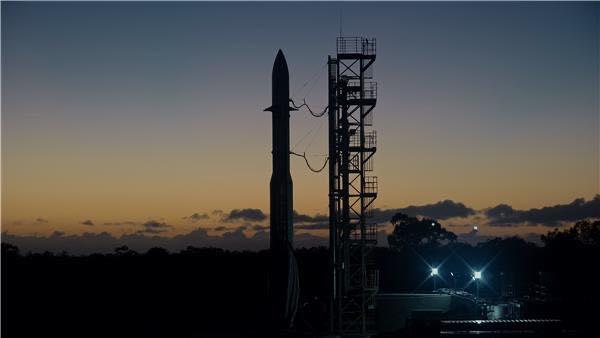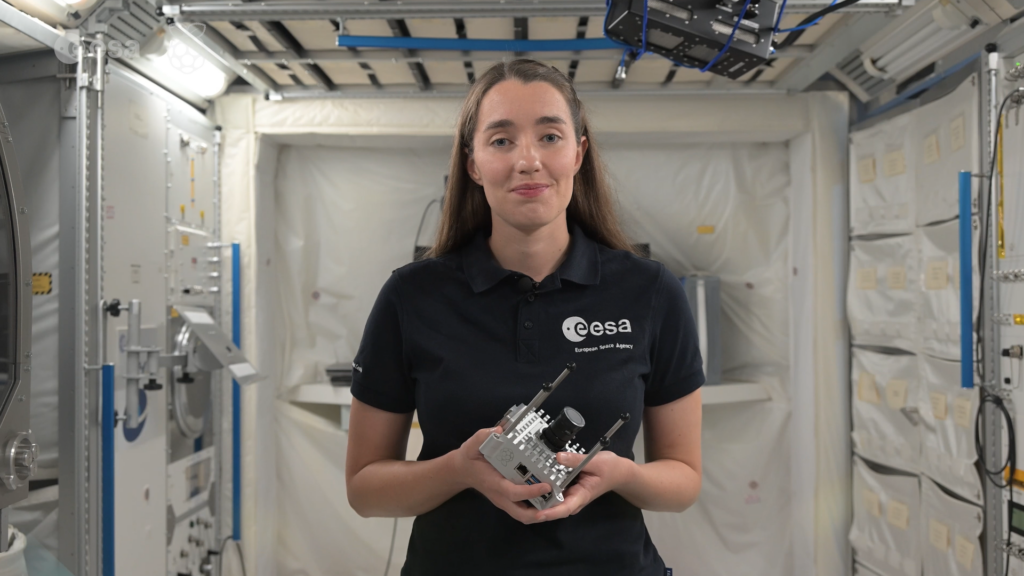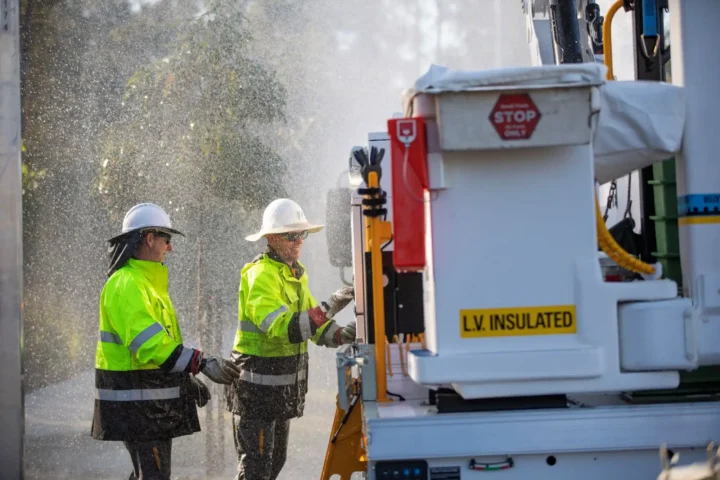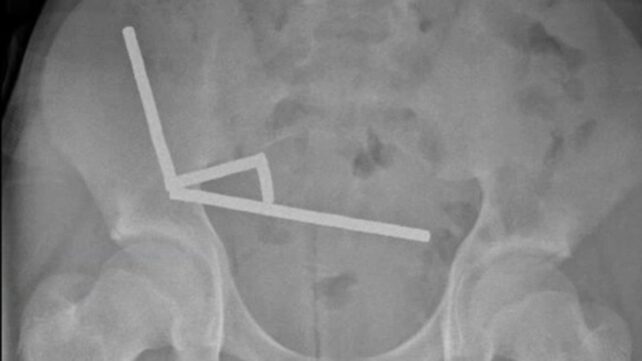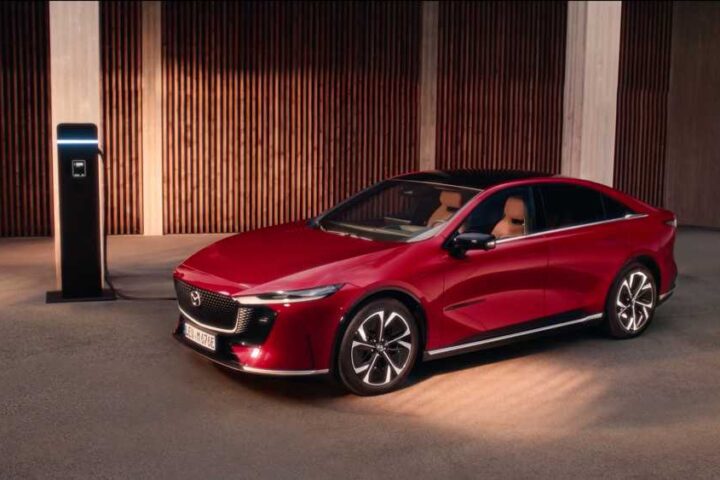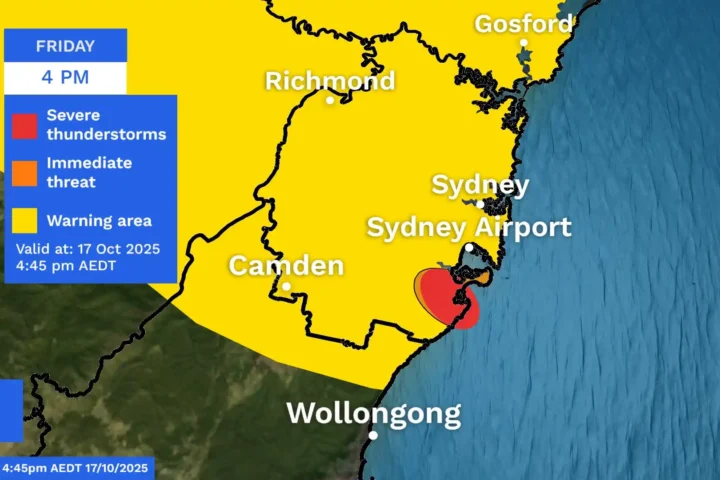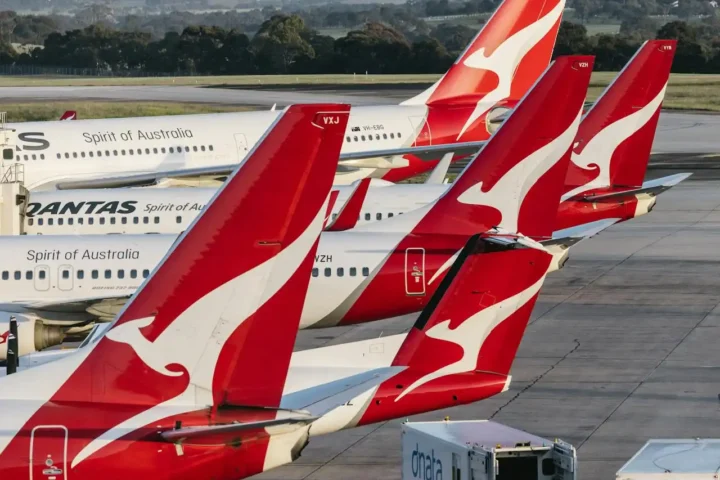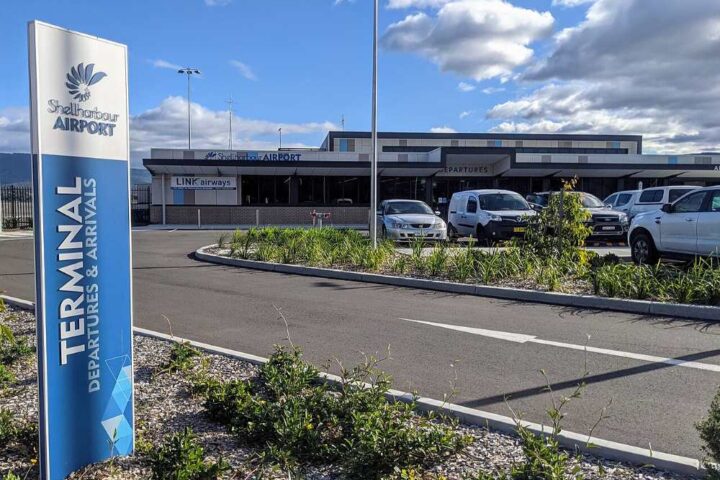The historic launch of Australia’s first locally designed and built orbital rocket has been postponed. Gilmour Space Technologies detected an issue with their ground support system during overnight checks at their Bowen launch site in Queensland.
The company now aims to attempt the launch on Friday (Australian time), weather permitting. The launch window opens at 7:30 AM local time.
“No launch today. We’re now in an extended hold to work through it,” Gilmour Space announced after discovering the technical glitch.
The 25-meter tall Eris rocket, weighing 30 tonnes when fueled, represents a major step for Australia’s space industry. While rockets have launched from Australian soil since 1967, this marks the first time a locally made rocket will attempt to reach orbit.
“I think it will be like winning an Olympic gold medal,” said Adam Gilmour, CEO and co-founder of Gilmour Space Technologies. “I intend to hit the town of Bowen hard that night for a party and buy everyone a beer,” he added, showing his enthusiasm for a potential successful launch.
Similar Posts
The Gold Coast-based company, founded in 2013 by brothers Adam and James Gilmour, has grown from a dozen employees to about 200 engineers. They’ve spent four and a half years developing this rocket, which uses a unique hybrid engine combining solid fuel with liquid oxidizer – a design choice that offers some practical advantages.
“The benefit of our propulsion technology is if we don’t get off the pad, we don’t blow up,” explained Adam Gilmour. “What we can do is bring the rocket back down, just build some new engines, put them back on and have another crack about two months later.”
For this test flight, the rocket carries a symbolic payload – a jar of Vegemite and a camera. If successful, the rocket will reach speeds of about 27,500 kilometers per hour and climb to approximately 200 kilometers above Earth’s surface during its eight-minute flight over the Coral Sea.
The company maintains realistic expectations for this first attempt. No space company has reached orbit on their first try – even SpaceX needed four attempts before succeeding in 2008. Gilmour Space hopes to achieve orbit by their third launch attempt.
The launch site, transformed from a cattle paddock into Australia’s first licensed commercial orbital spaceport, has been chosen for its strategic location. The site’s proximity to the equator helps rockets gain extra speed from Earth’s rotation, while its distance from populated areas ensures safety.
While there won’t be a live stream of the launch, the company plans to record and distribute video footage afterward. While there is no official viewing point, the rocket may be visible from Bowen beaches and high points in the area, though an exclusion zone will be in place around Abbott Point and along the rocket’s flight path.
The company, valued at over $600 million, is backed by major investors including Blackbird and superannuation funds HESTA and HostPlus, with $55 million raised last year for the manufacture and testing of Eris. They plan to begin commercial satellite launches by late 2026 or early 2027, aiming to serve the growing small satellite market.
